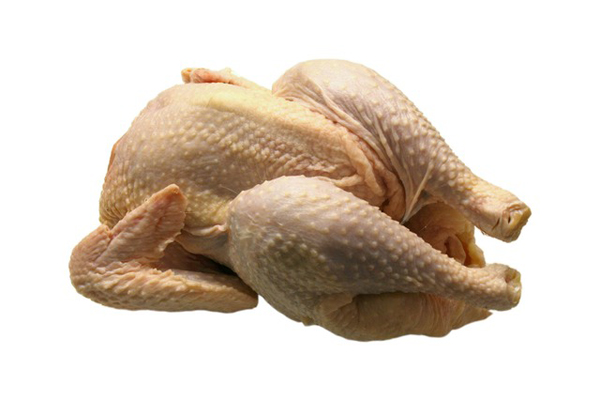Don’t count your chickens

In August 2014, the FSA published the first set of quarterly results from a survey of campylobacter on fresh shop bought chickens in the UK. The results showed 59 per cent of birds and four per cent of packaging tested positive for the presence of campylobacter – the most common form of food poisoning in the UK, responsible for more than 280,000 cases each year.
The FSA is continuing to analyse the full impact that campylobacter has, but previous estimates have indicated that it causes more than 100 deaths a year and costs the UK economy about £900 million.
Naturally, the publication of the first set of results from the 12-month survey, running from February 2014 to February 2015, was picked up by the national press, with headlines such as Deadly chicken cover-up: Six in ten supermarket birds have lethal bug and Six in 10 chickens carry deadly disease that kills 100 people a year attracting attention.
The second and third quarterly results kept the campylobacter issue firmly in the limelight, with cumulative Q1-Q2 results rising to 70 per cent of chickens and six per cent of packaging testing positive for the presence of campylobacter, and cumulative Q1-Q3 results again rising to 73 per cent of chickens and seven per cent of packaging.
The food industry is not shying away from these results and is tackling the issue head on. The FSA, for example, wants to cut the number of cases of campylobacter poisoning in half by the end of 2015, and last week Asda announced its plans to steam clean a third of its roasting chickens in a bid to tackle the potentially lethal food poisoning bug.
The full set of results is due to be published this week (28 May). Food & Drink Technology will keep you updated with the final results, and looks forward to seeing how industry continues to tackle this problem in its bid to cut the number of cases in half.



